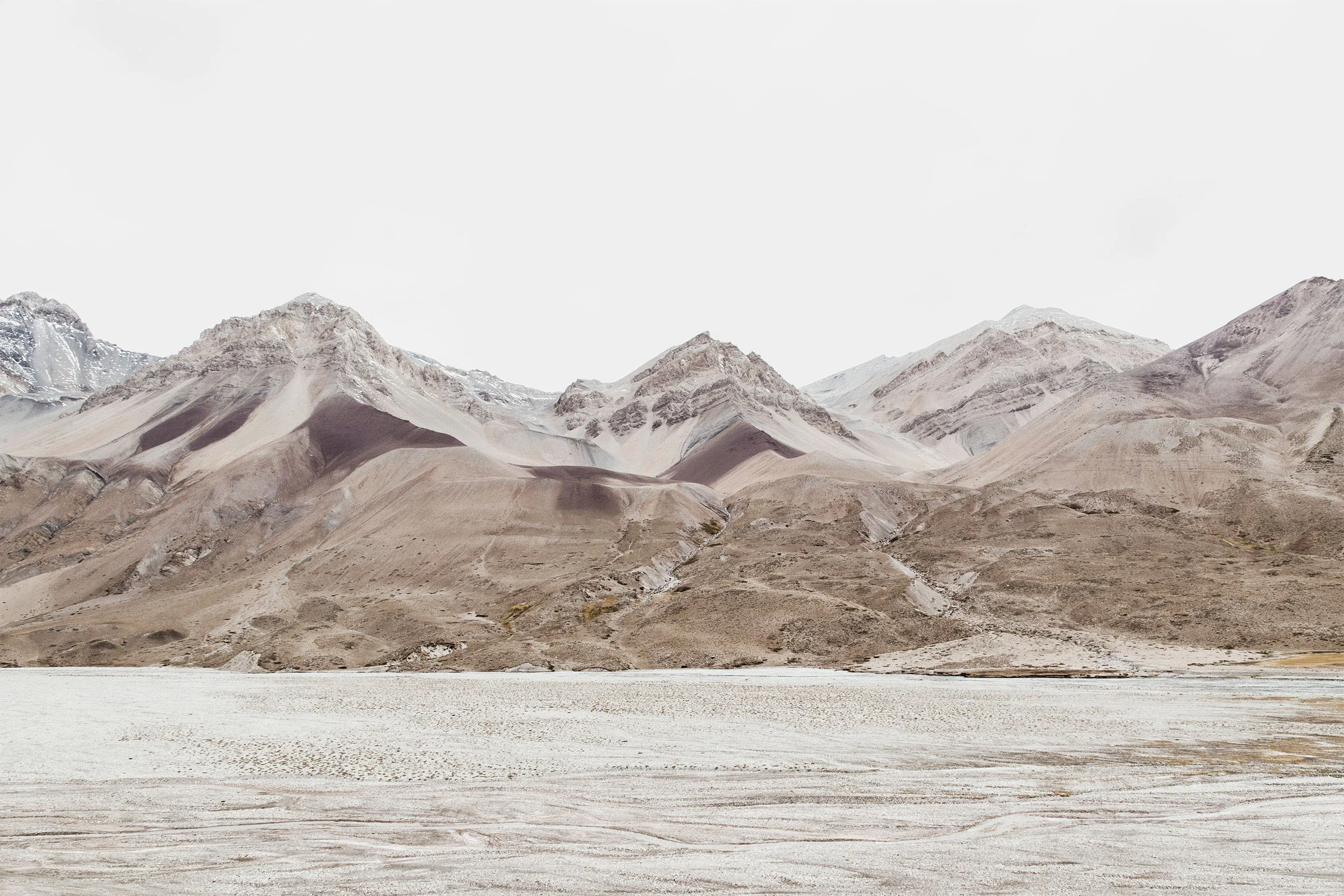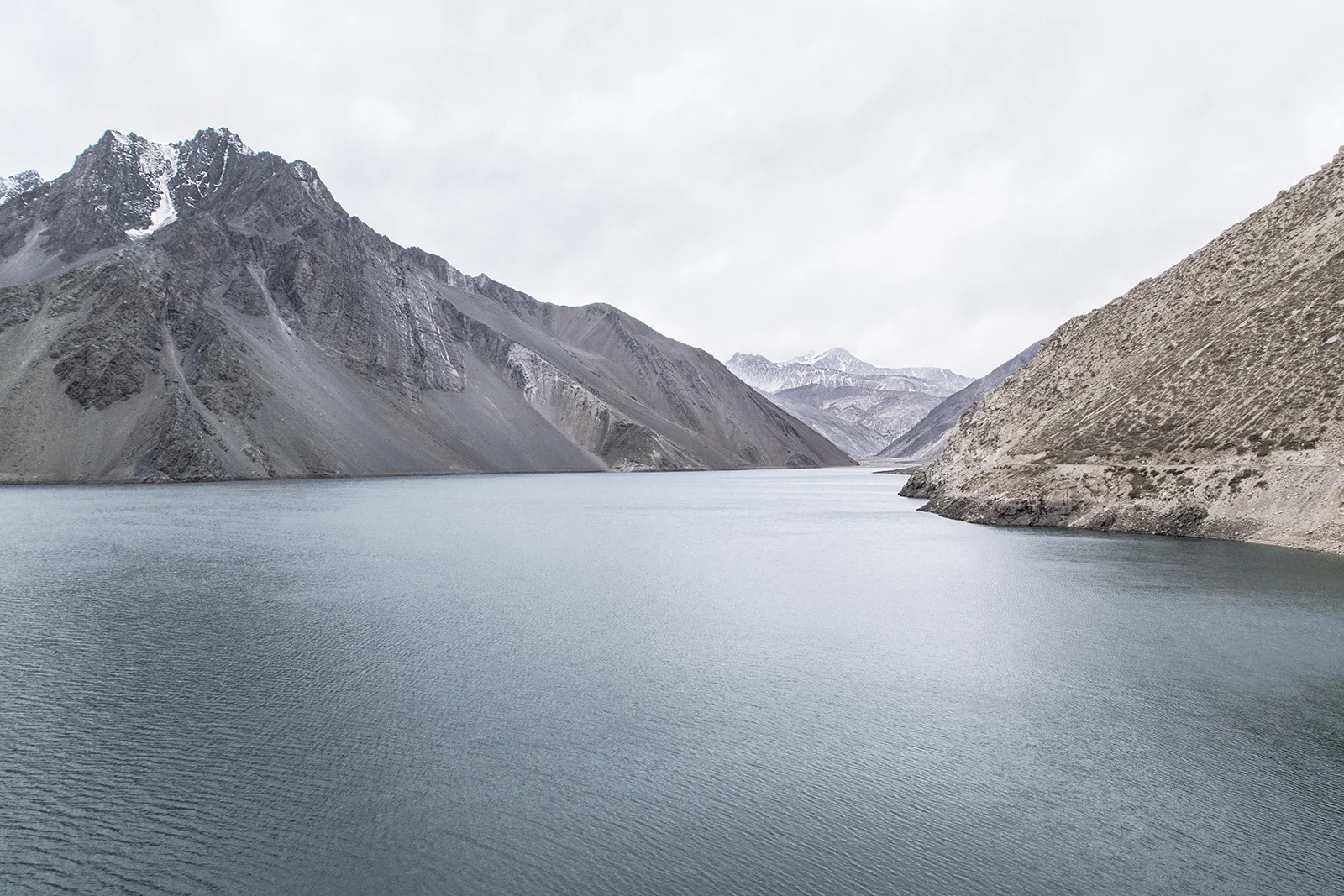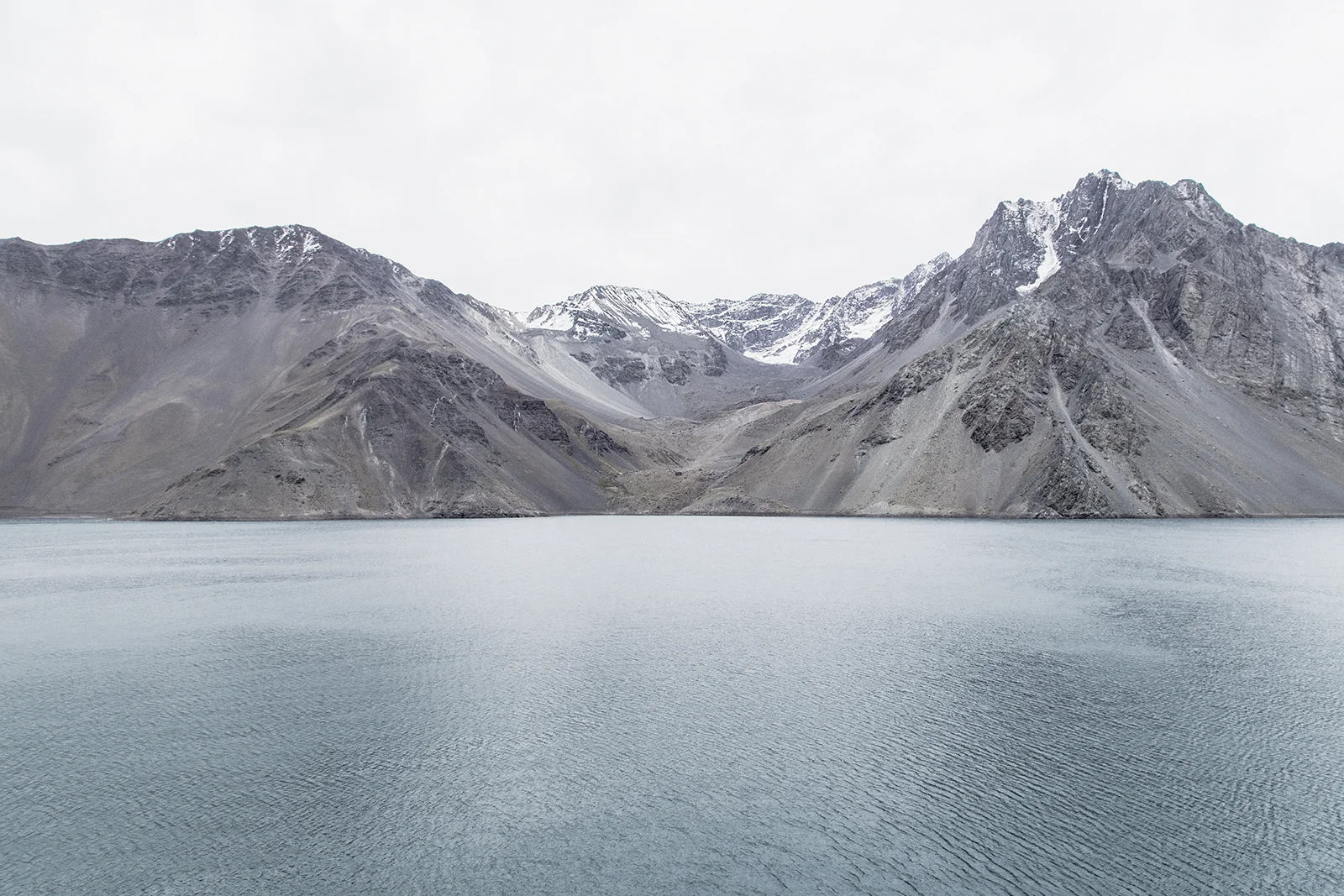One of the first things I noticed upon arriving at Santiago Airport was a captivating photographic display panel, accompanied by a sentence stating, 'Chile is a country of contrasts.' Immediately, thoughts of vibrant colors flooded my mind, but what I didn't realize was that those words served as a subtle warning, much like 'enjoy in moderation.'
San José de Maipo was about a two-hour drive from Santiago de Chile. Beyond that point, time seemed to fade away as we ventured along a dirt road towards Cajon del Maipo, revealing magnificent landscapes at every turn.
The temperature plummeted sharply, and the icy wind, swirling with dust, became almost unbearable as we walked. The humidity was extremely low, and with each ascent, the typical symptoms of high altitude emerged — headaches, shortness of breath, dry eyes, nose, and mouth, among other indescribable sensations. Nevertheless, I was determined not to miss any detail; I wanted to capture every moment.
Gradually, I emptied my pack: coat, scarf, cameras, water, and food. Everything became essential, especially gloves, which, unfortunately, I had forgotten at home.
The landscapes were indescribably magnificent, revealing a surprising diversity. Valleys, streams, springs gushing water (believe it or not, it was at a temperature of 20°C), makeshift bridges with wooden slats, snow (at a time when it doesn't usually snow), ruins, cliffs, among many other things that made the photographic experience both painful and unforgettable.
In short, pain, unusual symptoms, and lush landscapes — that's how I discovered that Chile is truly a country of contrasts. And precisely because of this, I want to return, even if it meant needing to visit Santiago's hospital the next day. It's all part of the adventure.











